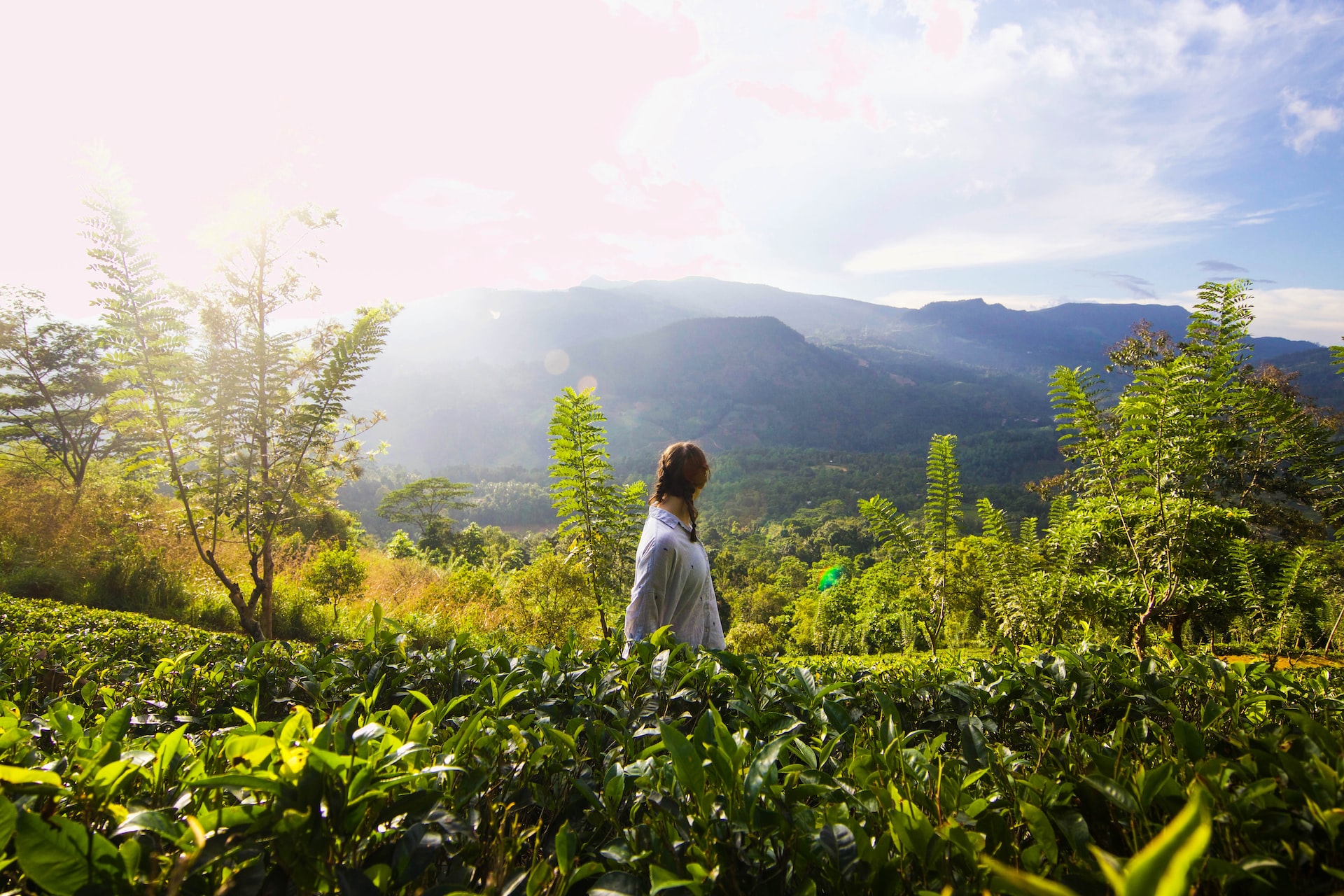NEAID (Northeast Centre for Equity on Integrated Development)
NEAID
ARBOR DAY IS EVERY DAY IN PP 1636

The four provinces of Quezon, Rizal, Laguna, and Bulacan share an important reason to celebrate Arbor Day: around 45,000 hectares of protected forest in PP 1636.
Arbor Day actually has its roots in Spain when one of the earliest Arbor Days was celebrated in 1805. It was called Fiesta del Arbol or “Tree Fiesta”. In 1872, environmentalists in the US state of Nebraska organized the first Arbor Day in the country.
In the Philippines, an interesting piece of history regarding Arbor Day is the “Arbor Day Act of 2012.” It states that “All able-bodied citizens of the Philippines, who are at least twelve (12) years of age, shall be required to plant one (1) tree every year.”
Though not strictly enforced, tree plantings have continued in the country nonetheless. Just recently the Haribon Foundation announced planting more than 1 million native trees and counting. Before reaching this milestone Haribon had already partnered with women leaders in PP 1636 through the Women Go project.
Funded by the European Union, the Enhancing the Role of Women in Protected Area Governance for Social Change (Women Go) project has been working with women from Kalipunan ng Liping PIlipina or KALIPI, and Kilos Unlad ng Mamamayan ng Real, Inc. or KUMARE. Both organizations are now incorporating conservation activities in their strategic plans, and passing on basic ecology and forest conservation knowledge to their communities. With the help of Women Go’s Facilitators’ Training on Basic Ecology and Environmental Laws, KUMARE and KALIPI can continue to “teach the teachers”, bringing forest conservation to more and more people.
In one of these activities, women leaders were asked, “Kung part ka ng kalikasan, ano ka at bakit?” (If you were a part of nature, what would you be and why?). KALIPI General Nakar member Juanita Avellaneda shared that she would be a tree and why. “Dahil pumipigil o sumisipsip ng tubig ang mga ugat, watershed, tubig inumin. Siya din ang nagsisilbing humihigop ng carbon dioxide o mga usok,” (Because the roots and watersheds absorb drinking water. It also acts as an absorber of carbon dioxide), expressed Ms. Avellaneda.
Knowing the importance of watersheds is one of the keys to ensuring forests are protected. As of 2016 the country has 135 proclaimed watershed forest reserves, with a total area equal to 1.56 million hectares. PP 1636 is also part of the Mt. Irid-Angelo IBA or Important Bird and Biodiversity Area, which serves as a major watershed for the Pampanga River Basin, Angat Dam, and La Mesa Dam. This makes PP 1636 and Mt. Irid-Angelo important water sources for surrounding communities, including Metro Manila

Knowing the importance of watersheds is one of the keys to ensuring forests are protected. As of 2016 the country has 135 proclaimed watershed forest reserves, with a total area equal to 1.56 million hectares. PP 1636 is also part of the Mt. Irid-Angelo IBA or Important Bird and Biodiversity Area, which serves as a major watershed for the Pampanga River Basin, Angat Dam, and La Mesa Dam. This makes PP 1636 and Mt. Irid-Angelo important water sources for surrounding communities, including Metro Manila.
The key to successful watersheds are trees. Trees absorb tremendous amounts of water for growth. Trees also release water through evapotranspiration, or the movement of water from the ground and leaves back into the atmosphere. A single mature tree can transpire 151,000 liters of water in a year. This amount is enough to supply water to one Filipino in Metro Manila for 3 years, or 1,200 Filipinos in 1 day*.
Fortunately the women leaders of PP 1636 have known the importance of the forests that surround them. Since their founding, KUMARE has been active in tree planting activities and clean-up drives, as well as providing formation programs, financial assistance, and livelihood for their members. Together with KALIPI, they are learning more about the importance of trees, and how to manage the forests of PP 1636 sustainably.
Juanita Avellaneda adds that trees “Kinokontrol ang pag guho at pagbaha. Dinadapuan ng mga ibat’-ibang ibon o hayop kanlungan.” (Controls landslides and flooding. They are inhabited by various birds or animals that need shelter.)
With this knowledge and experience these women will continue to plant and protect trees in PP 1636. For this Arbor Day, and every day in-between
*According to the Philippine Environment Monitor of 2003, the average water consumption in urban settings is 120 liters per capita per day (lpcd). These estimates are based on these numbers.